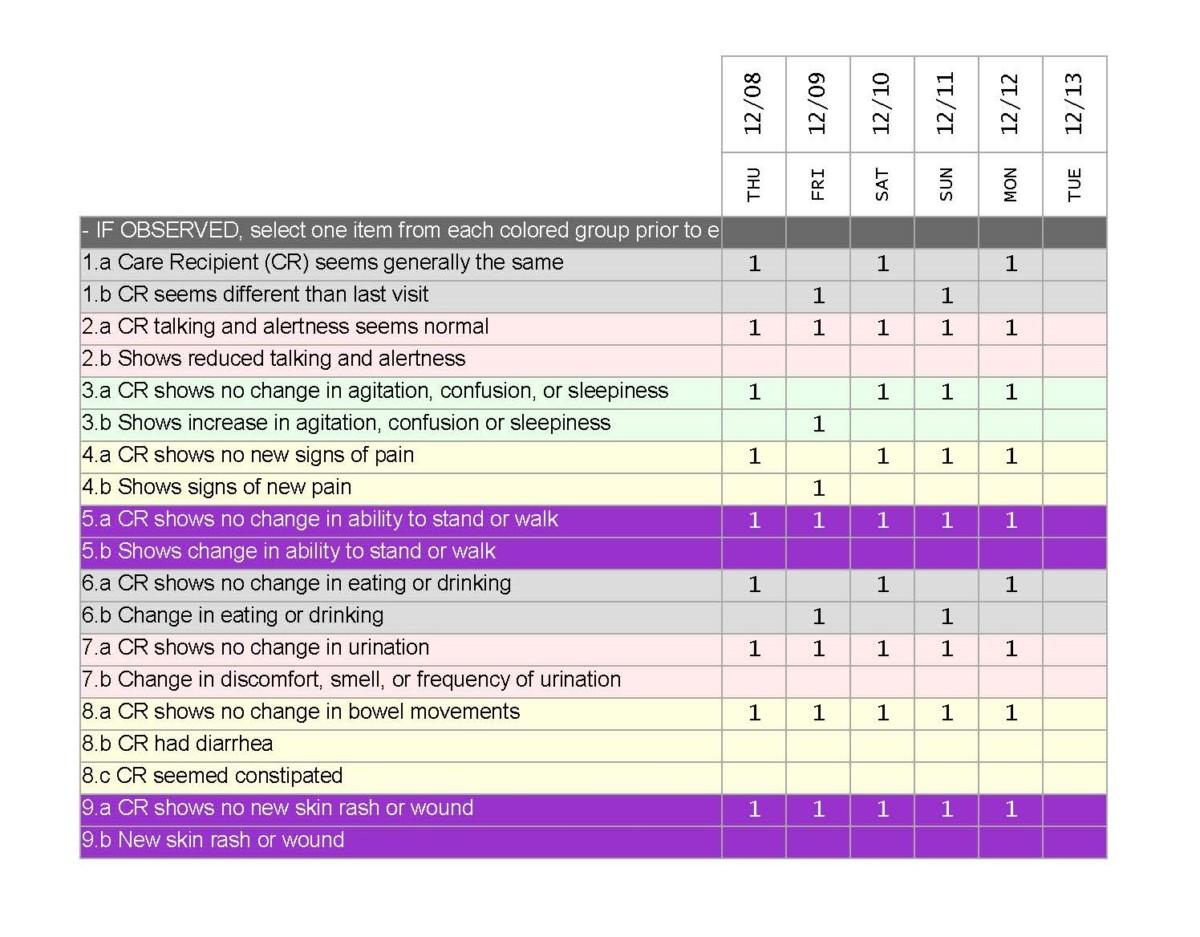Monitoring Changing Conditions
Using caregivers to monitor your loved one’s changing condition can have a huge, positive impact. Not only does it greatly benefit quality of life, it may significantly reduce medical costs.
In the August 2016 issue of the Journal of the American Geriatrics Society, members of the Harvard Medical School reviewed a pilot study performed by a national home care agency and telephony based software company. The review was titled, “Preliminary Data on a Care Coordinator Program for Home Care Recipients.”
The pilot study results showed that there was untapped, important information that could be provided by non-medical caregivers. The caregivers were asked to observe for various changes in conditions with their care recipients. These were not medical tests, rather general, non-medical observations.
The results were encouraging since the data showed “relatively few false positives”. By positively reacting to the data it was expected that would significantly improve the quality of life of the care recipient. Though there were insufficient data to provide definitive results, it showed the potential to reduce medical costs by limiting emergencies and reducing hospitalizations.
Home Care LINK has longed believed there was greater value to be achieved from non-medical caregivers. We have incorporated this concept into our tablet based software. We do not rely solely on yes/no telephonic responses. Our service is real time and with reported condition changes, the caregiver could also send a message (keypad or voice), an alert (text or email), and a picture. We use an exit checklist similar to the one shown below. The caregivers could be family, volunteers or professionals.
We produce reports showing how conditions have changed over time.
(Click the sample report to enlarge)

